The world of birding offers endless moments of wonder and discovery, but only if you can actually spot the birds! Many beginning and even intermediate birders struggle with the fundamental skill of locating birds in their natural habitats. Birds have evolved remarkable camouflage abilities and behaviors that help them blend seamlessly into their surroundings. The good news is that “bird spotting” is a learnable skill that improves dramatically with practice and proper technique. This article will guide you through proven methods to train your eyes and brain to detect birds more quickly and efficiently, transforming your outdoor experiences from frustrating searches to rewarding encounters with our feathered friends.
Understanding Bird Behavior Patterns
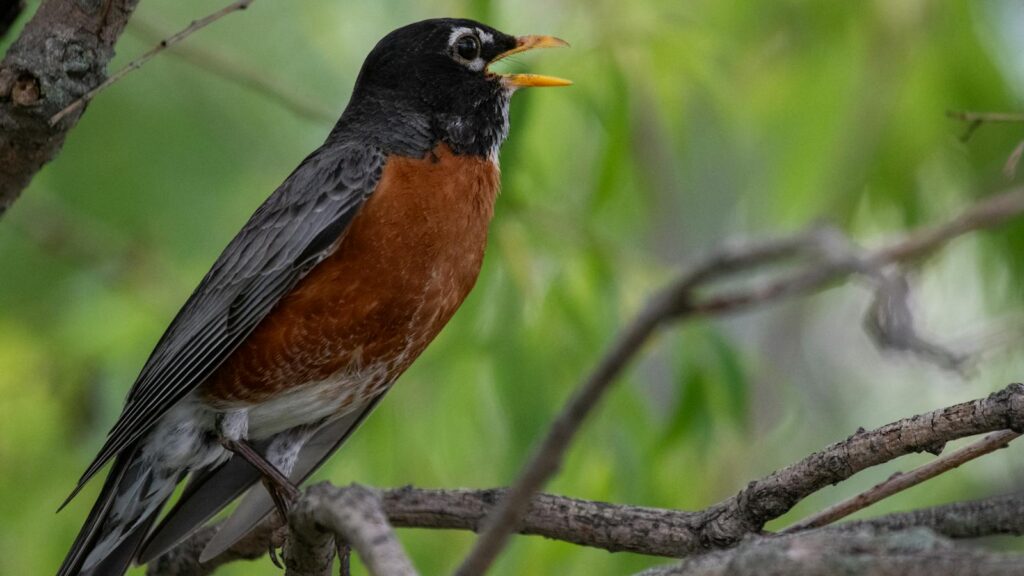
Birds follow predictable patterns that, once understood, make them much easier to locate in the field. Most species are most active during early morning and late afternoon hours, a phenomenon birders call the “morning chorus” and “evening activity peaks.” During these times, birds are typically foraging, singing, defending territories, or engaging in courtship displays, making them more visible and vocal. Additionally, different species occupy specific habitat niches – some prefer treetops while others stay near the ground, some favor forest edges while others remain deep in woodland interiors. Learning these behavioral tendencies for your local species creates a mental map of where to focus your attention rather than scanning randomly, dramatically increasing your spotting efficiency.
Mastering the Art of Peripheral Vision
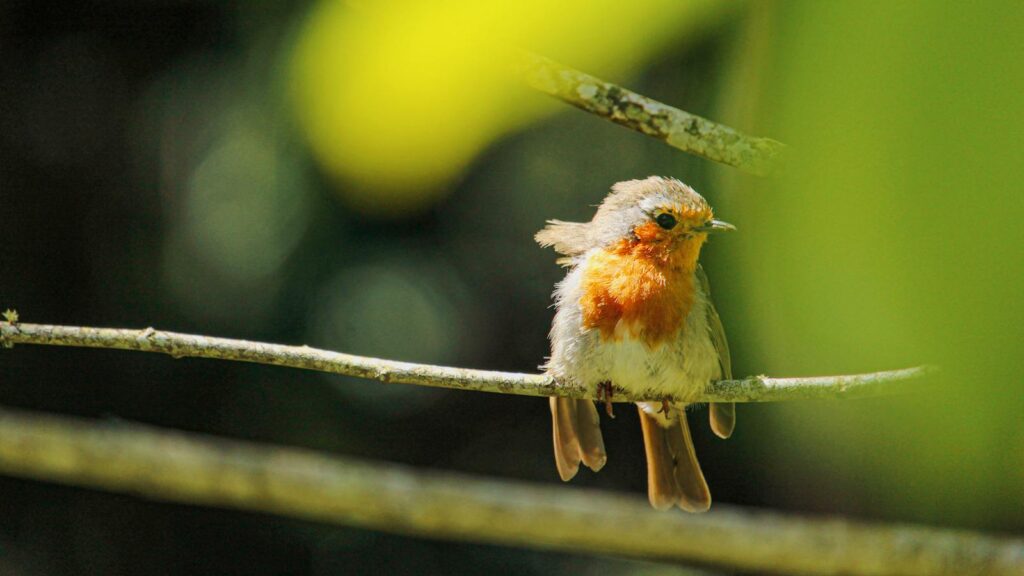
One of the most powerful techniques for spotting birds is counterintuitive – don’t look directly at where you think birds might be. Instead, practice using your peripheral vision, which is more sensitive to movement than your central vision. Try relaxing your gaze and softening your focus while scanning a landscape, allowing your peripheral vision to detect slight movements among leaves or branches. This technique works because birds frequently give themselves away through small movements even when their coloration perfectly matches their surroundings. When your peripheral vision catches movement, then shift your direct gaze to investigate further. With practice, this approach becomes second nature and will significantly increase your bird-spotting success rate.
Training Yourself to Notice Movement Patterns
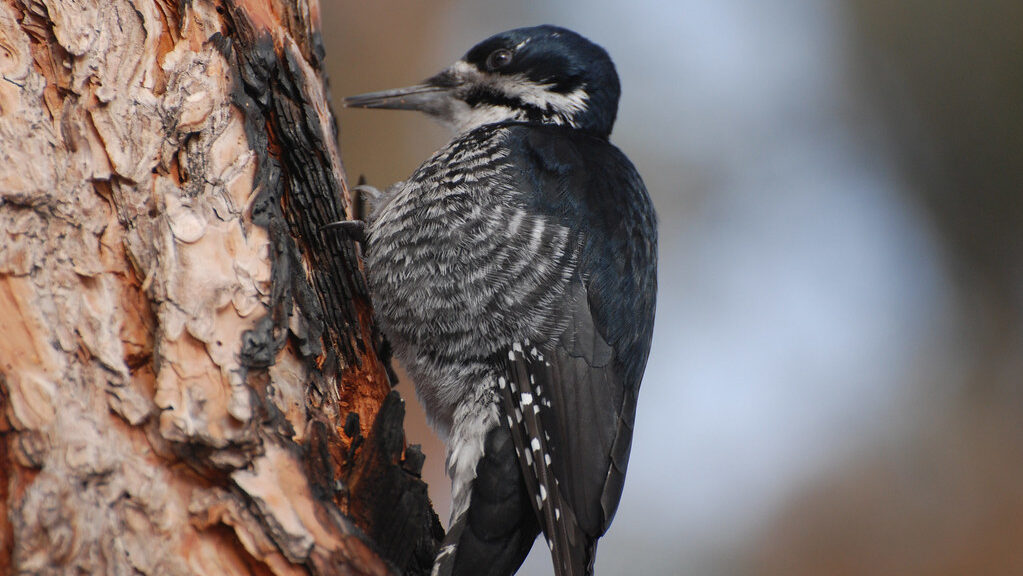
Birds move differently than other elements in their environment, creating distinctive patterns that can alert your brain to their presence. Unlike leaves swaying uniformly in the wind, birds make intentional, often jerky or rhythmic movements as they hop between branches, reach for food, or adjust their position. Spend time observing how different species move – woodpeckers have a characteristic hitching motion up tree trunks, warblers flit quickly between branches, and hawks soar with minimal wing movements. A particularly useful exercise is to find a comfortable spot in nature and remain perfectly still for 15-20 minutes, focusing exclusively on identifying movement patterns around you. As you practice this regularly, your brain will begin automatically filtering bird movements from background motion in any environment.
Recognizing Bird Shapes and Silhouettes
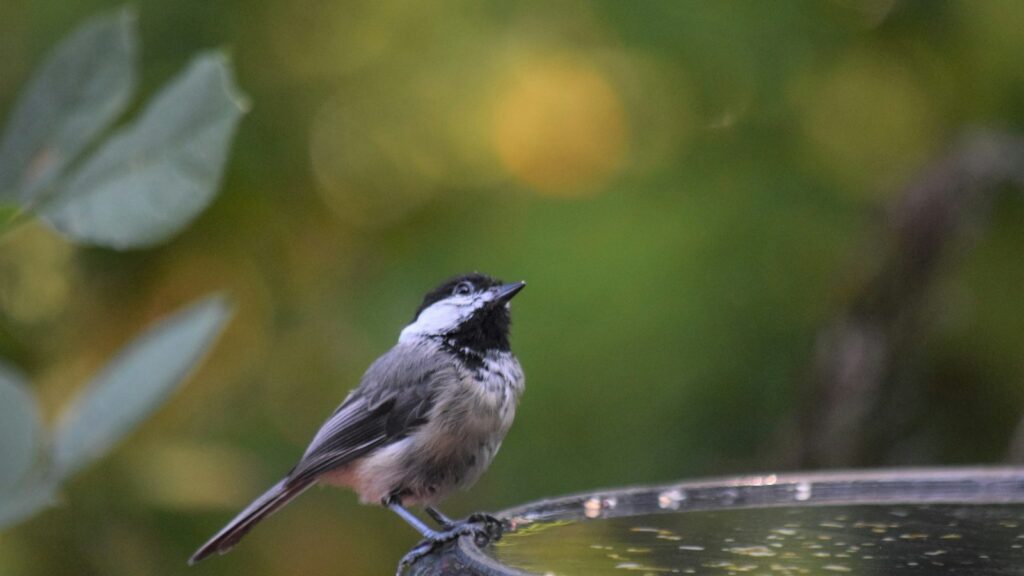
Long before you can identify colors or field markings, you can spot birds by their distinctive shapes. Expert birders can often identify species solely by silhouette, even in poor lighting conditions. Begin by studying the basic shape categories: songbirds with their small rounded bodies, raptors with hooked beaks and broad wings, shorebirds with long legs and probing bills, and waterfowl with distinctive profiles. Pay particular attention to proportions of head size to body, bill length and shape, neck length, and tail configuration. Practice by watching birds against the sky at dawn or dusk when they appear as silhouettes, or by studying field guide silhouette pages. This shape-recognition skill works because our brains process shapes more quickly than details, allowing for faster bird detection in complex environments.
Using Sound as a Visual Guide
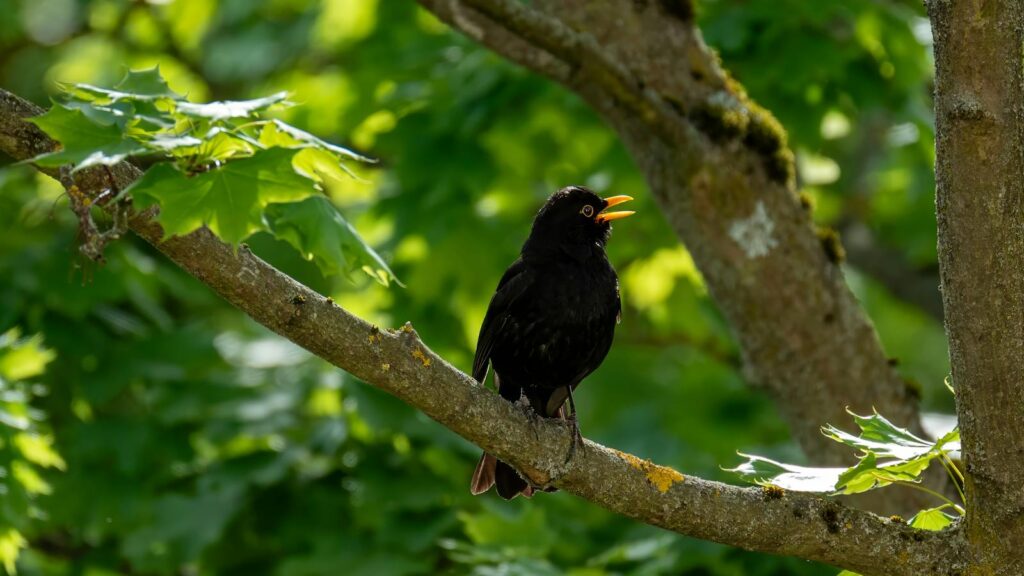
Bird sounds aren’t just useful for identification – they’re powerful tools for locating birds you might otherwise miss visually. When you hear a bird calling, resist the urge to immediately look in that direction. Instead, take a moment to mentally triangulate the sound’s origin, considering how bird calls can be deceptively ventriloquial in forest environments. Once you’ve determined the likely location, use a systematic visual scan of that area, working from near to far or from the ground up. Many birders find success by dividing their search area into imaginary quadrants and methodically examining each one. Remember that birds often call from concealed perches, so look for subtle movements or shapes that don’t match the surrounding vegetation rather than expecting a bird in plain view.
Learning Habitat Association Clues
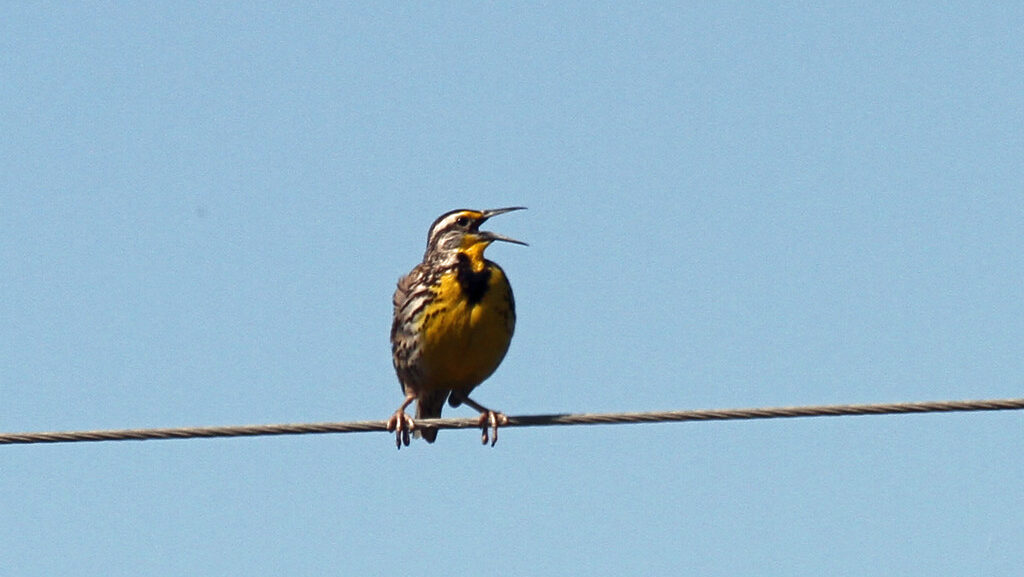
Every bird species has evolved to thrive in specific habitats, creating predictable associations you can leverage to narrow your search. Meadowlarks prefer open grasslands, while vireos typically stay within the mid-story of forests. Wood thrushes are most often found in the leaf litter of mature woodlands, while kingfishers frequent streams with overhanging branches. By studying these habitat preferences, you develop a mental database of where to expect certain species, essentially pre-filtering your visual search. A practical exercise is to select a target species before a birding outing and research its preferred microhabitat, then focus your attention on those specific environments. This targeted approach not only improves your spotting success but deepens your understanding of avian ecology and behavior.
Mastering the “Birder’s Scan” Technique
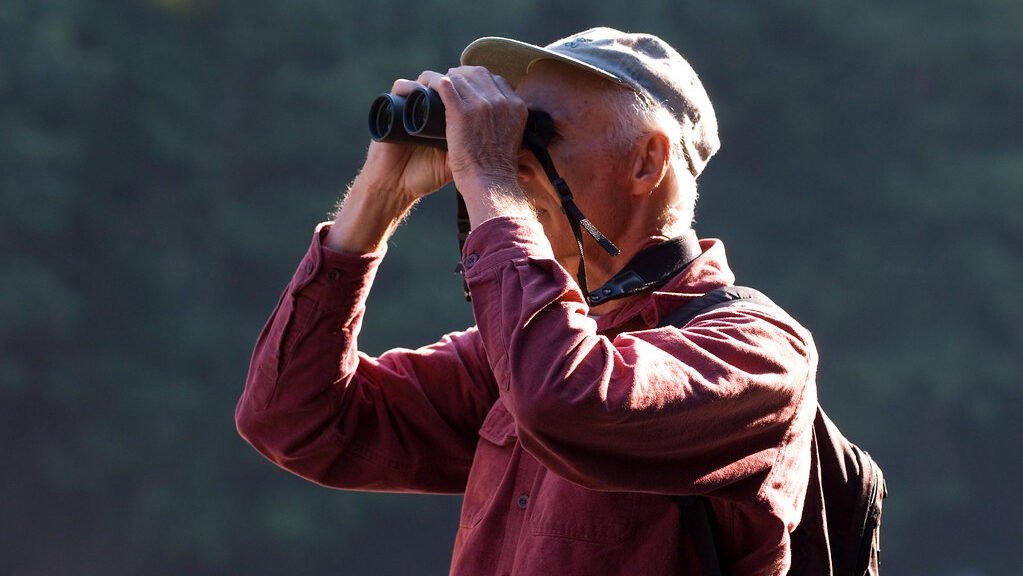
Experienced birders have developed a methodical scanning technique that maximizes bird detection while minimizing eye fatigue. Rather than randomly sweeping your gaze across a landscape, practice breaking the scene into sectors and systematically examining each one. Start with naked-eye observation of the entire area, noting any obvious movement or shapes that stand out. Then use binoculars to carefully scan each sector, moving in a consistent pattern – perhaps left to right, top to bottom, or in concentric circles from your position outward. Pay special attention to transition zones between different habitats, as these edges often concentrate bird activity. The key is developing a consistent, repeatable scanning routine that ensures you don’t miss sections of habitat and gives your eyes enough time in each area to detect subtle movement or shapes.
Training with Bird-Finding Exercises

Like any skill, bird spotting improves dramatically with deliberate practice through structured exercises. Try the “stationary count” where you remain in one location for 10-20 minutes, recording every bird you can find without moving. This forces you to thoroughly examine your surroundings rather than constantly moving to new areas. Another effective exercise is “habitat focusing,” where you concentrate exclusively on one microhabitat (like a specific tree, shrub layer, or water edge) for five minutes, noting every bird that uses that space. The “movement only” challenge involves spending time identifying birds solely by their movement patterns before confirming with field marks. Finally, consider the “ten-minute spot,” where you challenge yourself to find ten different bird species from a single location, forcing you to use all your spotting skills systematically.
Understanding Seasonal and Daily Timing
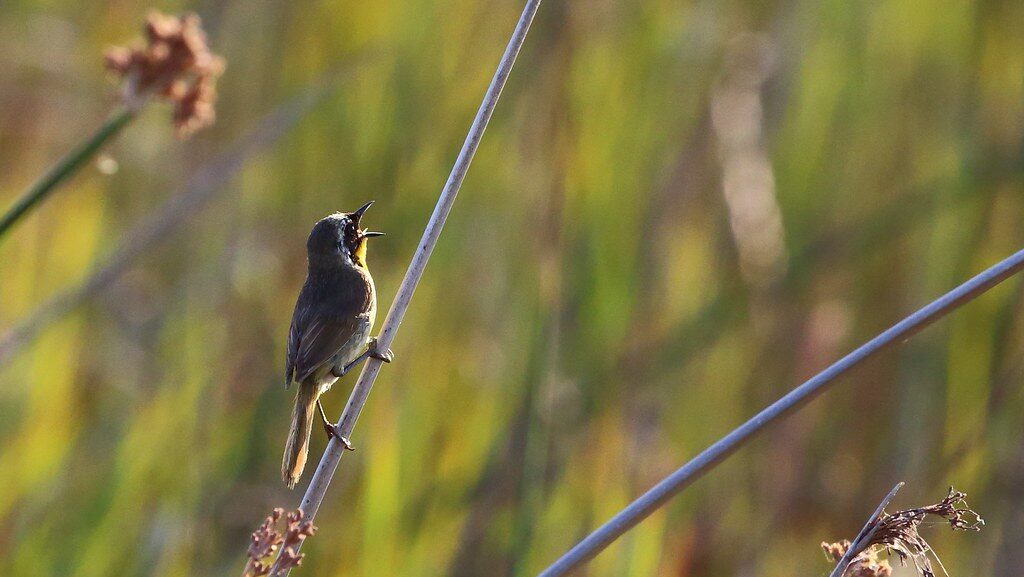
Bird visibility follows predictable patterns throughout the day and year that significantly impact your spotting success. Early mornings typically offer peak activity as birds actively feed after the overnight fast, with many species most vocal during the first hours after sunrise. Mid-day often brings a lull as birds seek shelter from heat and predators, though water sources remain active. Seasonal patterns are equally important – spring migration and breeding season provide maximum bird activity and singing, while fall migration often features more subdued birds in non-breeding plumage. Weather conditions dramatically affect bird behavior, with changing weather fronts often triggering increased movement and feeding. By planning your birding outings to coincide with these peak activity periods, you’ll naturally encounter more birds and have more opportunities to practice your spotting skills.
Leveraging Technology and Tools
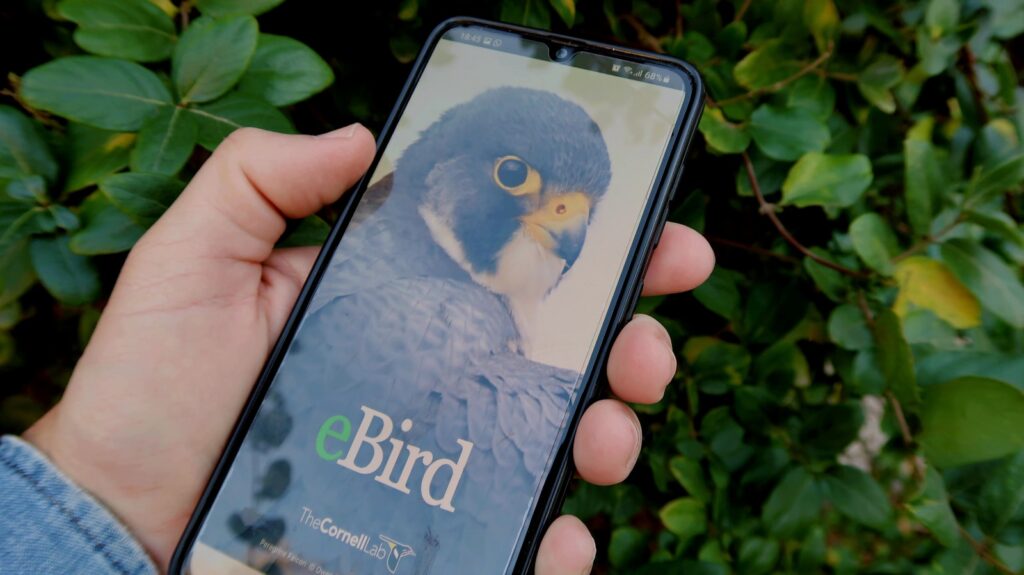
Modern technology offers valuable aids for training your bird-spotting abilities without replacing the fundamental skills. Apps like Merlin Bird ID and eBird can help you predict which species might be present in your area during specific seasons, allowing you to prepare mentally with images of likely birds. Video platforms contain excellent slow-motion footage of birds in their natural habitats, which you can study to better recognize movement patterns and behaviors. Specialized birding binoculars with wide fields of view reduce the effort needed to scan environments effectively. Some birders find training success with “spot the bird” photo challenges online, which present increasingly difficult camouflage scenarios to test your detection abilities from the comfort of home before applying those skills in the field.
Developing Pattern Recognition Skills
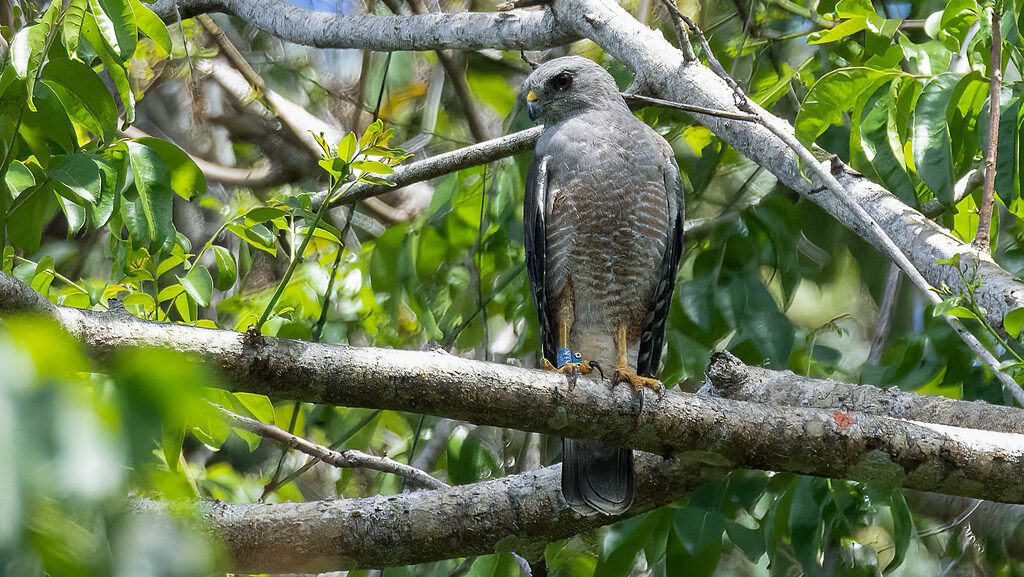
The human brain excels at pattern recognition when properly trained, and this ability is fundamental to rapid bird detection. Beyond recognizing bird shapes and movements, you can train yourself to notice patterns of light and shadow that often reveal hidden birds. Birds create distinctive breaks in natural patterns – a horizontal perch on an otherwise vertical tree trunk, a round shape among linear branches, or an asymmetrical arrangement in naturally symmetrical vegetation. Try the “what doesn’t belong” exercise, where you study natural scenes and identify elements that break the pattern. This skill transfers directly to field situations where birds often reveal themselves by creating subtle disruptions in natural patterns. With practice, your brain begins automatically flagging these pattern anomalies, drawing your attention to potential birds without conscious effort.
Practicing Mindful Awareness in Nature
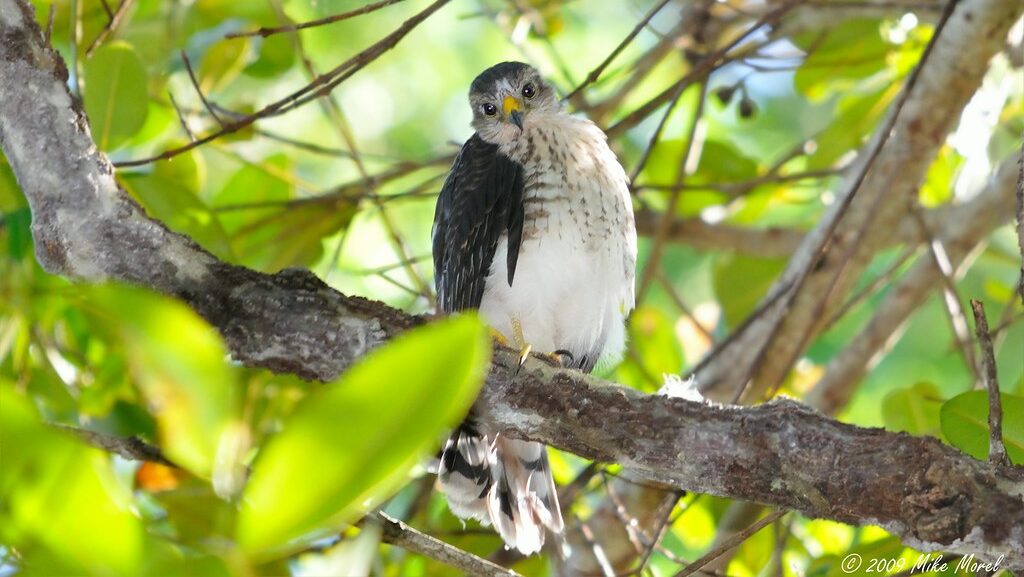
Perhaps counterintuitively, one of the most effective ways to improve bird spotting is to slow down and develop mindful awareness of your surroundings. Many beginning birders move too quickly through habitats, creating disturbance that causes birds to hide while never allowing their senses to fully attune to the environment. Practice “sit spots” where you remain quietly in one location for 30 minutes or more, allowing your senses to adjust and the natural world to resume normal activity around you. Notice how your perception shifts as you become more present – subtle movements become more obvious, distant calls more distinct, and patterns more apparent. This mindful approach not only improves your bird spotting success but transforms the entire experience into a deeper connection with the natural world, creating a feedback loop of increased attention and awareness that continually enhances your observational skills.
Building a Mental Library of Bird Behaviors
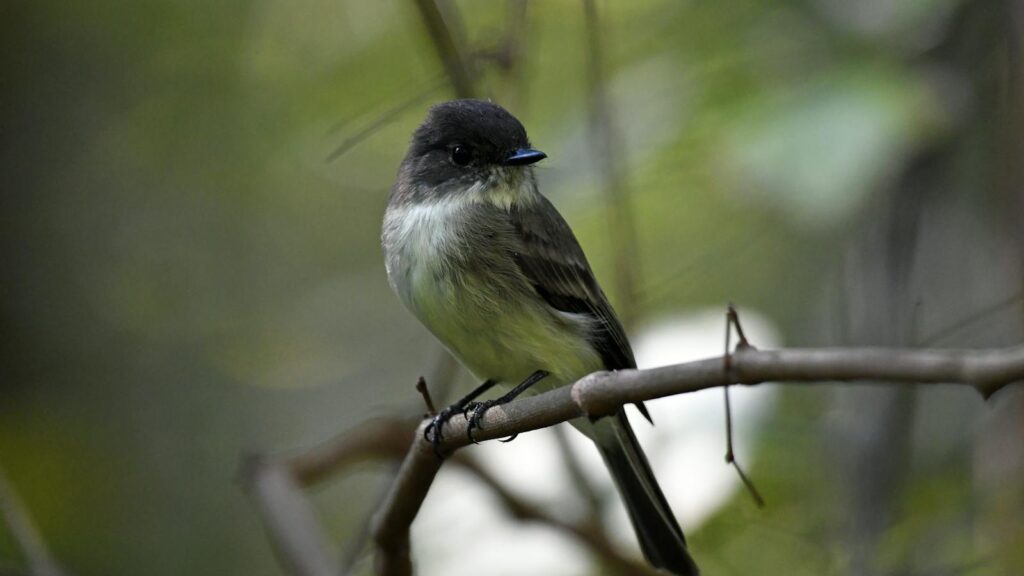
The ultimate advancement in bird spotting comes through building a comprehensive mental library of how different species behave in various contexts. Experienced birders often recognize birds from considerable distances based solely on behavior – the undulating flight of a woodpecker, the distinctive tail-pumping of a phoebe, or the hover-hunting technique of a kestrel. This knowledge develops through intentional study and field observation, focusing not just on identifying birds but on understanding their movements, feeding techniques, flight patterns, and social behaviors. Keep a field journal specifically noting behavioral observations rather than just species lists. Over time, these accumulated observations become pattern recognition shortcuts that allow almost instantaneous detection of birds that would otherwise remain hidden, representing the highest level of bird-spotting expertise.
Conclusion
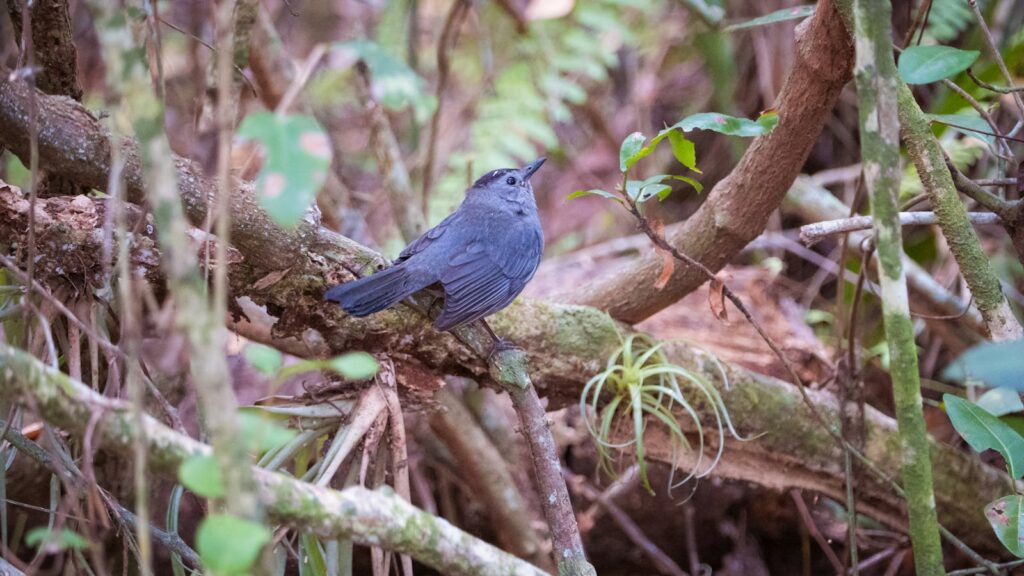
Bird spotting is both an art and a science that rewards consistent practice with increasingly rewarding wildlife encounters. By implementing these techniques – from understanding behavior patterns to training your peripheral vision and developing mindful awareness – you’ll experience a transformation in your ability to detect birds in any environment. Remember that this skill develops gradually; even experienced birders regularly miss birds that later seem obvious. The journey of improving your spotting abilities is part of the joy of birding, with each outing offering new opportunities to refine your techniques. As your eyes become trained to detect our feathered neighbors, you’ll find yourself noticing birds in places you previously overlooked, adding depth and excitement to every outdoor experience while fostering a deeper connection to the natural world around you.
